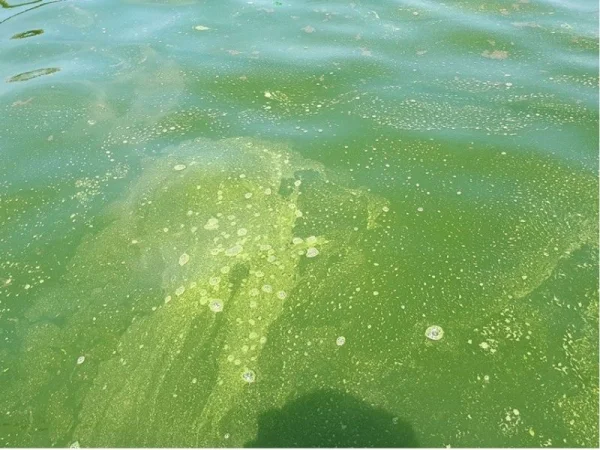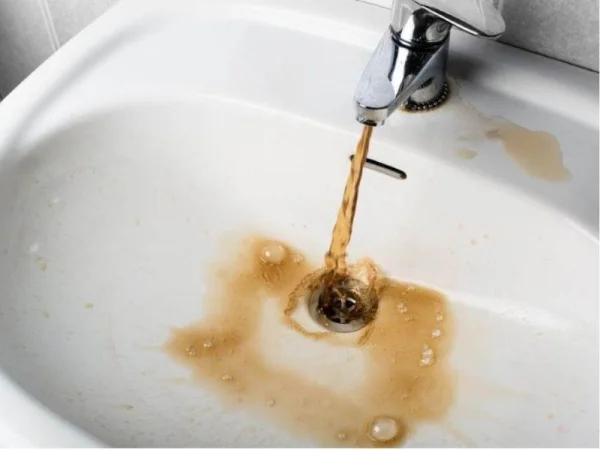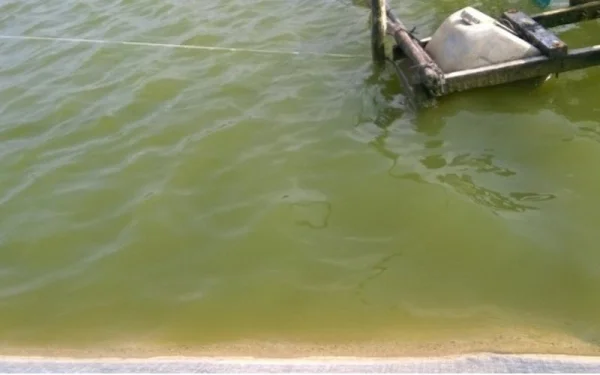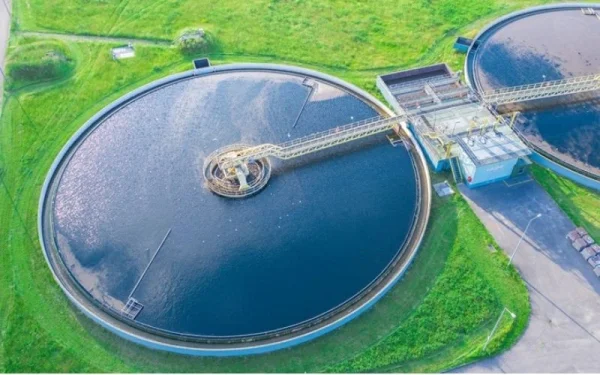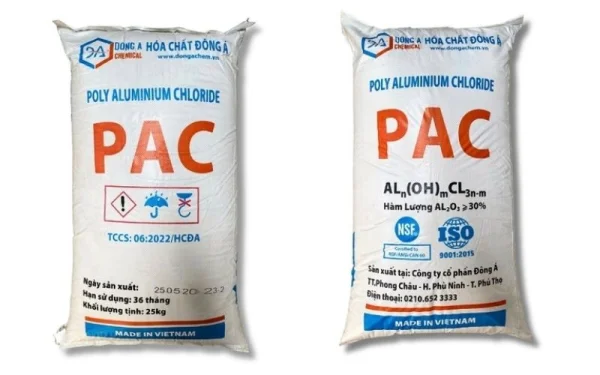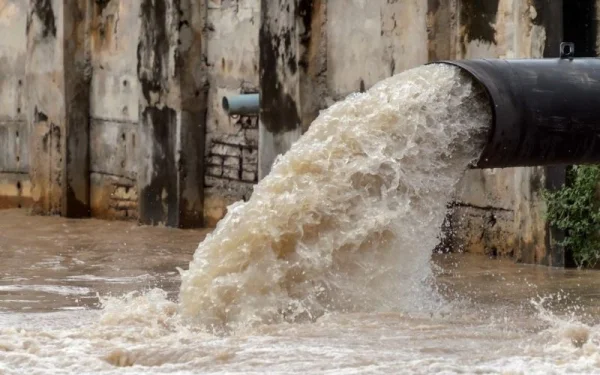
Shrimp farming wastewater contains large amounts of antibiotics, organic matter and pathogenic bacteria and viruses. Effective treatment of shrimp farming wastewater will limit water pollution, soil pollution, and reduce their impact on the environment. The following are 5 safe and effective wastewater treatment methods that everyone should know.
1. Causes of shrimp farming wastewater
Shrimp farming is a popular job in the western river regions. Determining the correct cause will help farmers treat shrimp farming wastewater properly and effectively. In fact, shrimp farming wastewater is formed from the use of excess food, shrimp feces, dead algae, etc., accumulating into suspended organic compounds that pollute the water environment.
Besides, wastewater also contains many residues of antibiotics, chemicals or pathogenic bacteria and viruses. Sometimes the water also contains dead shrimps, attracting many creatures such as flies, mosquitoes, rats, and cockroaches to attack and carry diseases to other shrimp farms.

2. The attributes of wastewater from shrimp farming
Shrimp farming wastewater contains large amounts of organic matter and nutrients derived from leftover food and shrimp feces. Based on the ingredients table, it will help us choose an effective way to treat shrimp farming wastewater. Wastewater also contains many antibiotics and drugs to treat shrimp diseases along with the following characteristics:
- Wastewater contains large amounts of nitrogen and phosphorus, causing eutrophication of water sources.
- In water, the content of COD, H2S, and BOD increases, and the oxygen content in the water decreases, affecting the growth and development of organisms in the water.
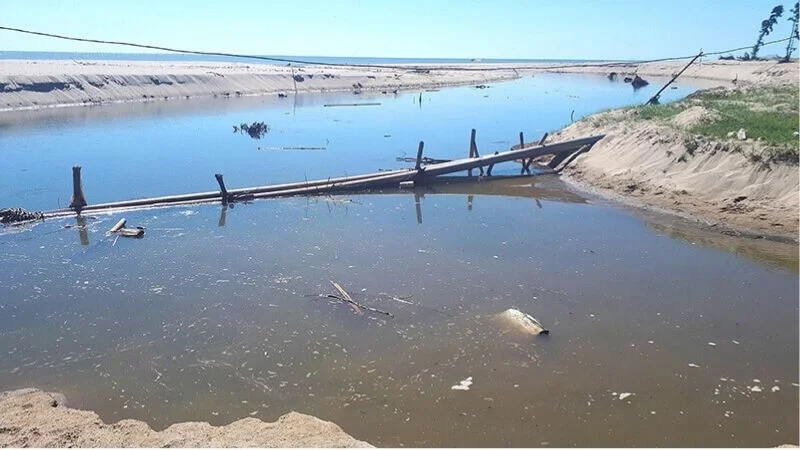
Table of pollution parameters of shrimp farming wastewater:
No. | Parameter | Unit | Value | Standards of shrimp farming wastewater |
1 | BOD5 | mg/l | 1200 - 1400 | 50 |
2 | COD | mg/l | 1300 - 1600 | 150 |
3 | Amino acid | mg/l | 14 - 15 | 10 |
4 | Total nitrogen | mg/l | 200 - 300 | 40 |
5 | Total Phosphorus | mg/l | 400 - 450 | 6 |
3. Summary of 5 methods of shrimp farming wastewater treatment
Currently, there are many effective methods of shrimp farming wastewater treatment. The following are the 5 most used methods.
3.1. Treatment with microorganisms
There are two common types of microorganisms in water: heterotrophic microorganisms and autotrophic microorganisms. Microbial treatment method, also known as biotechnology, is applied in shrimp farming wastewater treatment to bring high efficiency. When microorganisms are introduced into the water treatment system, they will use organic substances in wastewater to grow.
Thanks to that, harmful organic compounds will be decomposed by microorganisms into simple forms or gas, helping to reduce the amount of pollution in wastewater in the most optimal way. Some substances participating in this process include:
- Activated sludge: Yellow, size from 3 - 250 pm and only works in the presence of oxygen to decompose organic matter.
- Biofilm: This is a membrane about 1 - 3 mm in size containing bacteria, fungi and protozoa. When put in water it will help absorb organic compounds.
- Base mud: Added in granular form with different strengths, capable of depositing organic compounds to the bottom of the pond.
- Bacteria account for 90% of the total, small sizes of 0.3 - 1mm, including aerobic and anaerobic bacteria..
3.2. Treatment by using botanical system that absorbs pollutants
Treating shrimp farming wastewater with aquatic plants is also one of the methods applied by shrimp farmers. There are two groups of plants used including: A group of floating aquatic plants and a group of submerged aquatic plants below the water surface. This approach presents the subsequent benefits:
- Help stabilizing waste, removing suspended organic compounds in water and preventing bacterial overgrowth.
- Aquatic plants help beneficial microorganisms adhere and grow, maintain and control ecosystem balance.
- Reduce the concentration of BOD, COD and organic substances in waste.
- The roots of aquatic plants are a good living environment for organisms and effectively improve water quality.
- Low cost, no need to use complicated technology, reduce technical and financial load.
- Support the removal of heavy metals in water by absorption through stems and roots.
3.3. Treatment of shrimp farming wastewater with biological ponds
Treat shrimp farming wastewater with biological ponds thanks to the biodegradation process and useful microorganisms and aquatic species such as tilapia, oysters, and clams that can eat organic matter and algae in the water. Currently, in Ca Mau, shrimp farming households often raise catfish, tilapia, and red-scat to treat shrimp farming wastewater.
The advantage of this method is that it is simple and does not cost much to treat wastewater. In particular, it can be used to raise tilapia, red-scat, clams, oysters and other aquatic creatures without the need for complicated technologies. However, this method requires farmers to have a large pond area to arrange additional biological ponds and takes more time to process and care for.
3.4. Treatment of shrimp farming wastewater with physical methods
Using a filter membrane is a physical method to treat shrimp farming wastewater. It is based on the pressure difference across the filter membrane so that the contaminant size will be larger than the filter pore size. Currently, microfiltration membranes are commonly used, capable of removing both yeast and bacteria and capable of cold sterilization and emulsion separation.
In addition, the filter membrane also has reverse osmosis ability, helping to filter water and desalinate, providing clean water after treatment. However, this method will not be able to remove heavy metals and antibiotic residues in water.
3.5. Water treatment with chemicals
Treating shrimp farming wastewater with chemicals is a 100% effective method, completely removing organic compounds, bacteria, viruses and heavy metals in water. In which, the 3 most used chemicals include:
- Chlorine chemical: Used to disinfect ponds, nursery tanks, tools and shrimp farming wastewater. Its efficiency is removing bacteria, plankton and zooplankton in water.
- Trichloroisocyanuric acid: This is an excellent disinfectant chemical that is extremely effective in killing disease-causing bacteria, viruses and parasites. Besides, it can also adjust pH and increase the amount of dissolved oxygen in water.
- Soda NaOH: Normally, NaOH will be combined with Ca(OH)2 to treat shrimp farming water. It brings great benefits in disinfecting, eliminating pathogens, and treating wastewater effectively.
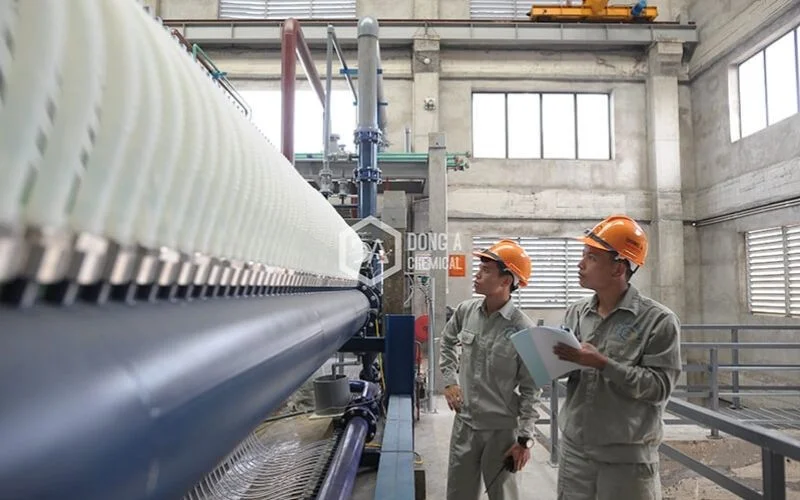
4. The company provides chlorine for shrimp farming wastewater treatment with prestige and good price
Dong A Chemical is a pioneer in the field of Chlorine production in Vietnam. The product ensures quality equal to imported products but at the best price in the market. Chlorine is packaged in 45 kg containers, commonly used in treatment of industrial wastewater, domestic wastewater, and shrimp farming wastewater, ensuring safety and quick effectiveness..
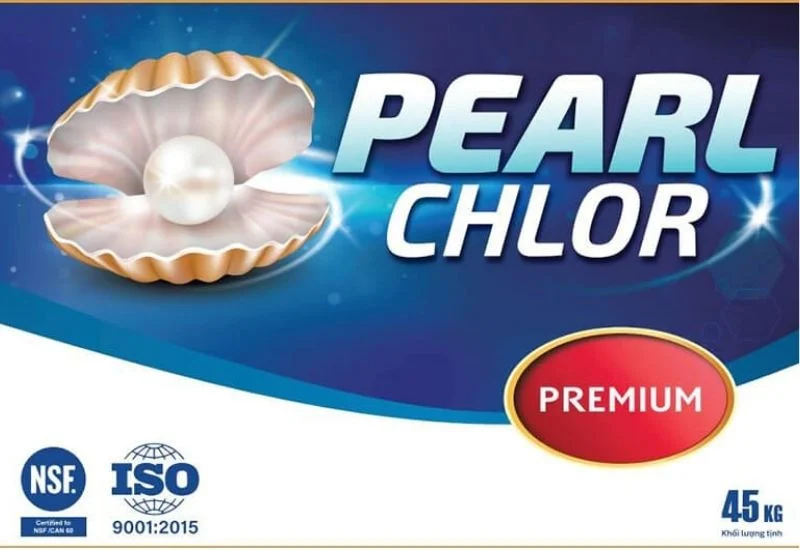
Reasons for buying chlorine chemicals at Dong A:
- Chlorine is produced in Vietnam, with a clear origin, good quality and prestige.
- Chlorine is at the best price in the market, the larger the quantity is, the cheaper the price is.
- Professional, door-to-door transportation to meet all needs.
- The payment process is quick and simple, not too complicated.
- Perfect after-sales service, with many preferential policies for old customers.
Dong A Chemical is a partner of many large and small businesses nationwide. In addition to chlorine, we also produce our own HCl acid, NaOH, Javelle water, and PAC which can be used in many different industries. Call HOTLINE (+84) 985797941 immediately for advice and the best quote.
Thus, the above contents share how to properly and effectively treat shrimp farming wastewater. If you have any concerns or related questions, please leave a comment to receive answers from experts.
Related Articles
Highly Effective Method for Polluted Pond Water Treatment
Finding out the causes and having methods to treat polluted pond water will help shrimp and fish ...
What is alum-contaminated water? How to effectively treat alum-contaminated water?
A lum-contaminated water often occurs in rural areas, plains,... where wet rice is grown or there is ...
4 Measures to Treat Green Pond Water During Aquaculture
How to treat green pond water quickly and simply is something every aquaculture farmer wonders ...
Recommendations about how to treat water with a high pH
Water with a high pH is not only unpleasant but can also be harmful to your health. Therefore, ...
General list of currently popular wastewater treatment chemicals
Currently, wastewater treatment chemicals are one of the most effective solutions to the problem of ...
What is wastewater treatment? Present methods for treating wastewater
What is wastewater treatment? This is essentially an important process to reduce pollution before ...

